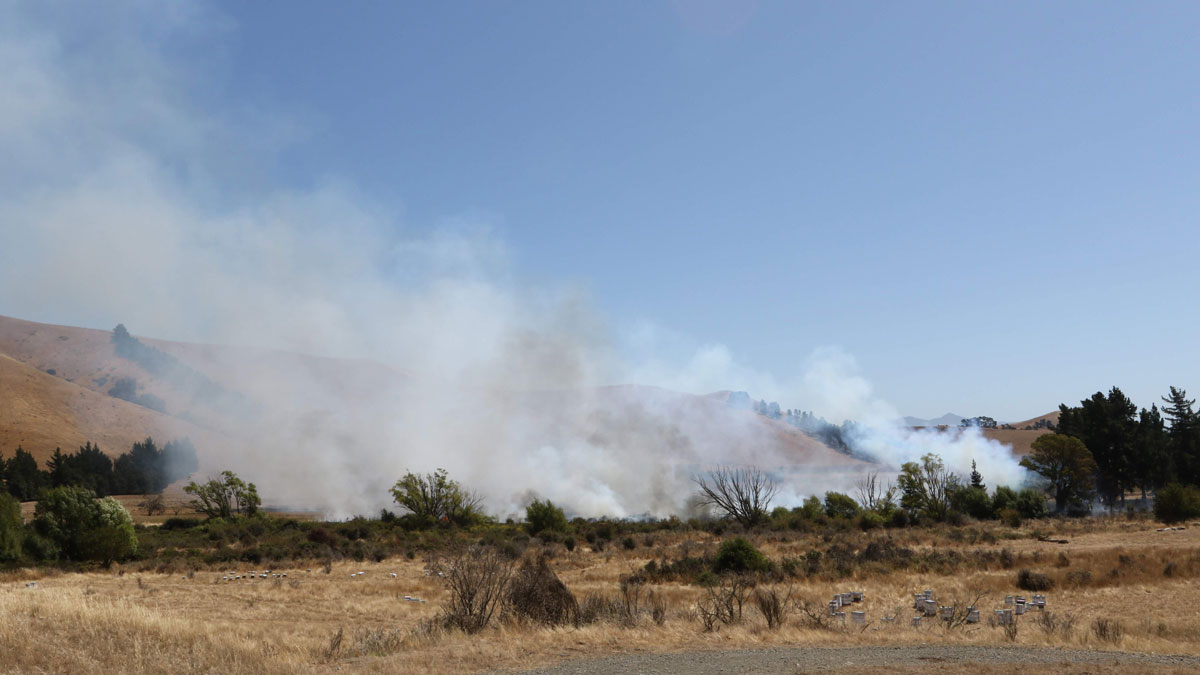Region set to weather climate change


Hotter weather, increased droughts and an escalation in severe weather events are on the cards for Marlborough as climate change takes its toll.
A new NIWA report on climate change commissioned by Marlborough District Council has revealed potential impacts brought about by changing weather patterns.
Increasing extremes include droughts, growing coastal erosion, changing rainfall patterns and intensifying extremes.
Mayor John Leggett says many of the climate change risks highlighted in the new report have not come as a surprise.
“Climate change is an evolving science.
“As the modelling improves, we need to continually re-evaluate our risks from weather extremes, and the effects of sea level rise, which includes potential coastal erosion, and increased risk of flooding to land and infrastructure,” he says.
The report also explores the potential impacts of climate change on the primary sector, including increased pests and diseases, longer growing seasons, and opportunities for different crops in new locations.
Findings were outlined to council staff at an Environment Committee meeting last week.
Possible outcomes are based around two scenarios, one where the targets outlined in the Paris Agreement in 2015 are not met and another where emissions stabilise.
“Under both scenarios, Marlborough’s annual rainfall wouldn’t significantly change, but seasonal weather would vary more, with many areas experiencing wetter winters and longer, hotter dry spells in the summer,” the report says.
Human health is also expected to be affected by a changing climate as hot conditions and heatwaves increase over time.
But warmer weather will bring some benefits too, says the report.
“Warmer temperatures in the future may provide opportunities for new crops to be grown.
“The climate of Marlborough is changing, and these changes will continue for the foreseeable future. It is internationally accepted that human greenhouse gas emissions are the dominant cause of recent global climate change, and that further changes will result from increasing concentrations of greenhouse gases in the atmosphere. The rate of future climate change depends on how fast atmospheric greenhouse gas concentrations continue to increase.”
While New Zealand is a small player in terms of total global greenhouse gas emissions (contributing less than 0.3 per cent), the country has the 12th highest level of emissions per capita in the developed world.
